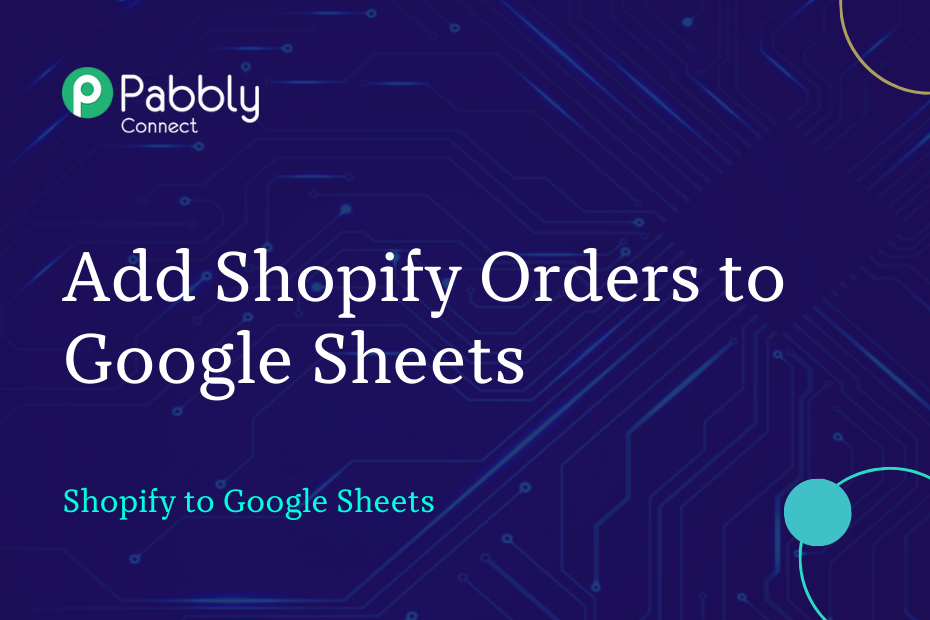In this article, we will explore the process of integrating Shopify with Google Sheets. After successfully integrating the two, whenever a customer places an order on your Shopify store, their information will be automatically saved in a Google Sheets spreadsheet.
This automation requires a one-time setup, for which we will use Pabbly Connect.
We will begin by establishing a link between Shopify and Pabbly Connect to capture the order details. After that, we will link Pabbly Connect with Google Sheets to store the captured customer details in a designated spreadsheet.
Steps to Automatically Add Shopify Orders to Google Sheets
1. Sign In / Sign Up to Pabbly Connect and Create a Workflow
2. Setup Shopify as the Trigger App to Capture Order Details
3. Setup Google Sheets as the Action App to Save Order Details
Step 1:- Sign In / Sign Up to Pabbly Connect and Create a Workflow
A. Sign In / Sign Up
To begin this process, visit Pabbly Connect and create your account by clicking on the ‘Sign Up Free’ button. You can also click on Sign In if you already have an account.
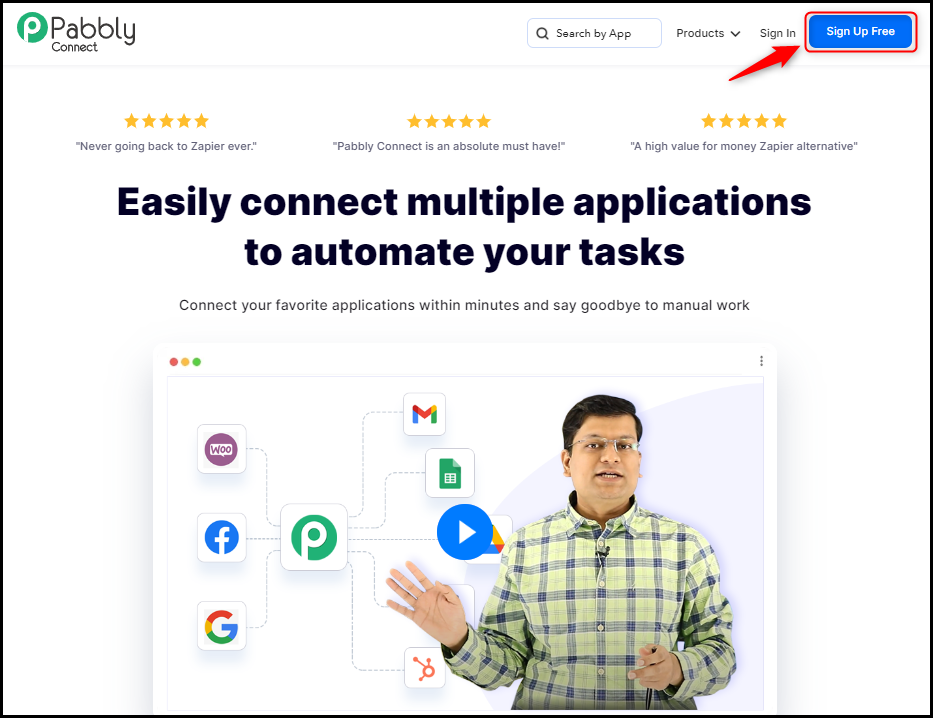
Click on the Pabbly Connect ‘Access Now’ button

B. Create Workflow
To create a new workflow, click the ‘Create Workflow’ button.
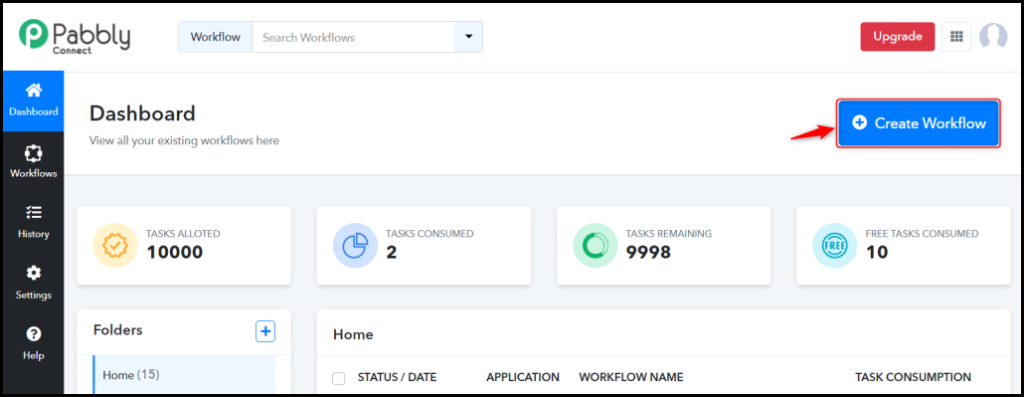
Name your workflow, and click on ‘Create’.
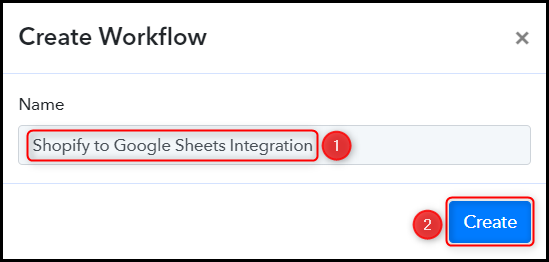
Step 2:- Setup Shopify as the Trigger App to Capture Order Details
We will now look at the steps to establish a link between Shopify and Pabbly Connect. This will enable us to gather new order details.
A. Trigger App
Trigger allows us to choose the application that will receive the data for Pabbly Connect. In our case, it would be Shopify.
Choose ‘Shopify’ as the Trigger App, and select ‘New Order’ as a Trigger Event.

B. Webhook URL
A new Webhook URL will get generated. You will use this Webhook URL to create a connection with your Shopify account. Copy the Webhook URL.

As soon as you Copy the Webhook URL, Pabbly Connect will start looking to capture order details from Shopify, as indicated by the rotating Waiting For Webhook Response button.

C. Connect Shopify Account
Log in to your Shopify account, click on ‘Settings’, scroll down, and click on ‘Create webhook’.
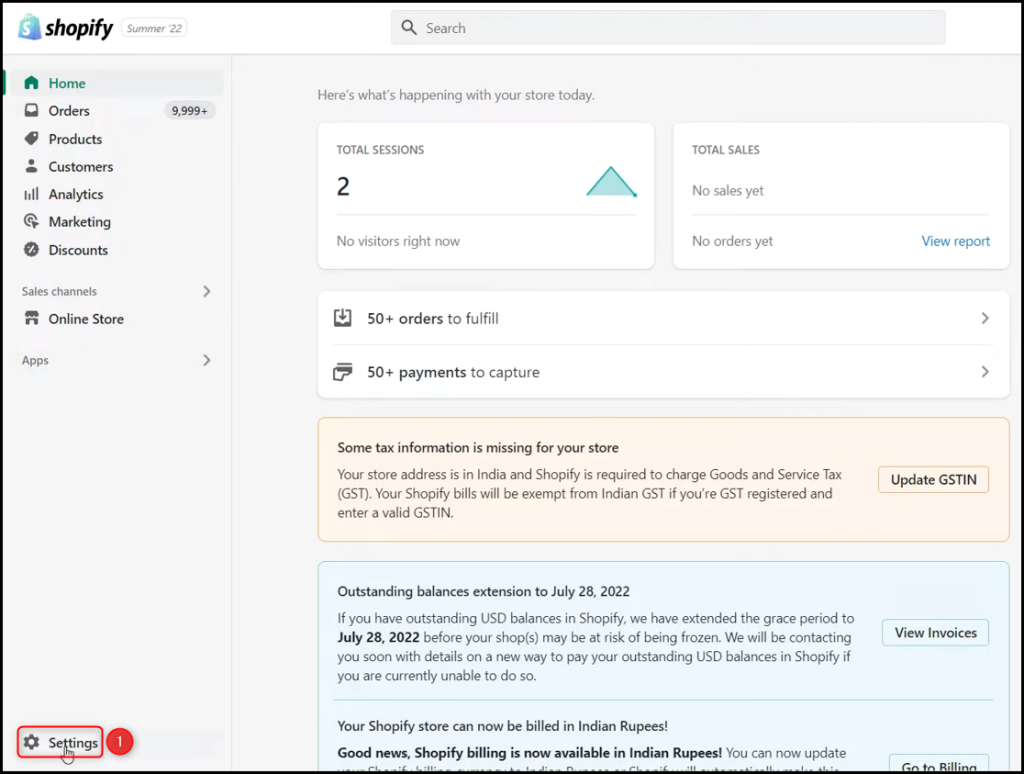
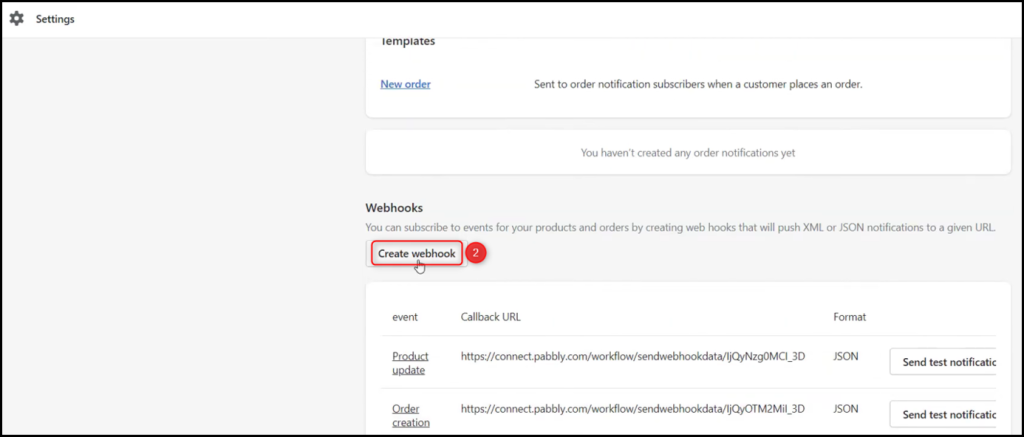
Select the ‘Order creation’ as Event, ‘JSON’ as Format, paste the Webhook URL we copied earlier, select Webhook API version, and click on ‘Save’.

D. Test Connection
To test the established connection, place a dummy order and check Response Received, under which the order details must be visible.

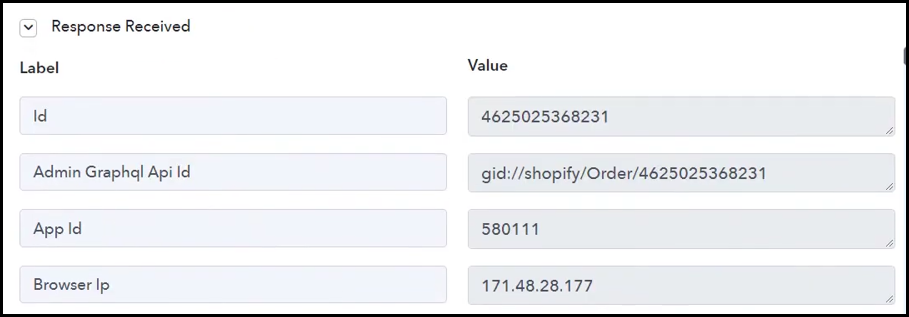
Step 3:- Setup Google Sheets as the Action App to Save Order Details
Action allows us to choose the application that will get executed by the workflow trigger.
We essentially want to save the Shopify order details in Google Sheets. Therefore, Google Sheets will be our Action App.
A. Action App
Choose ‘Google Sheets’ as the Action App, select ‘Add New Row’ as an Action Event, and click on ‘Connect’.

B. Connect Google Sheets Account
To connect with your Google Sheets account, select ‘Add New Connection’, and click on ‘Connect With Google Sheets’. Also, grant the authorization.
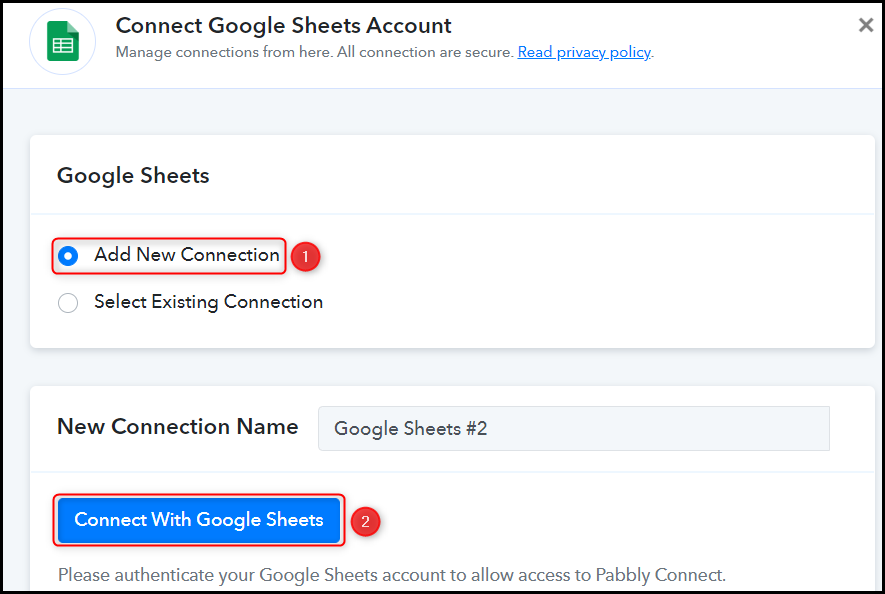
Choose the specific Spreadsheet and Sheet that you wish to utilize for storing the order details.

As soon as you select your sheet, the columns of this sheet will start reflecting as fields in your Action Step.
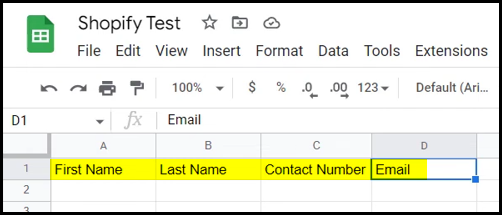

C. Map Necessary Fields
Now that you have connected your Google Sheets account, all you need is to map the necessary details from the step above. Mapping ensures our data remains dynamic and changes as per the received responses.
Map the First Name from the step above.
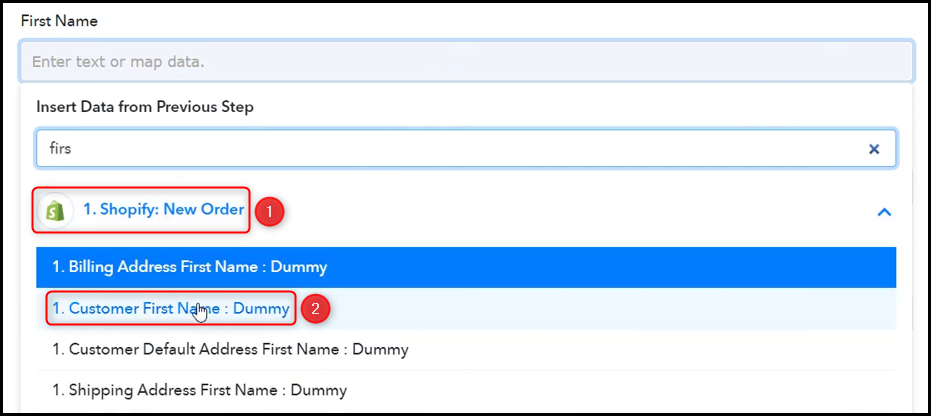

Similarly, map the other fields, and click on ‘Save & Send Test Request’.
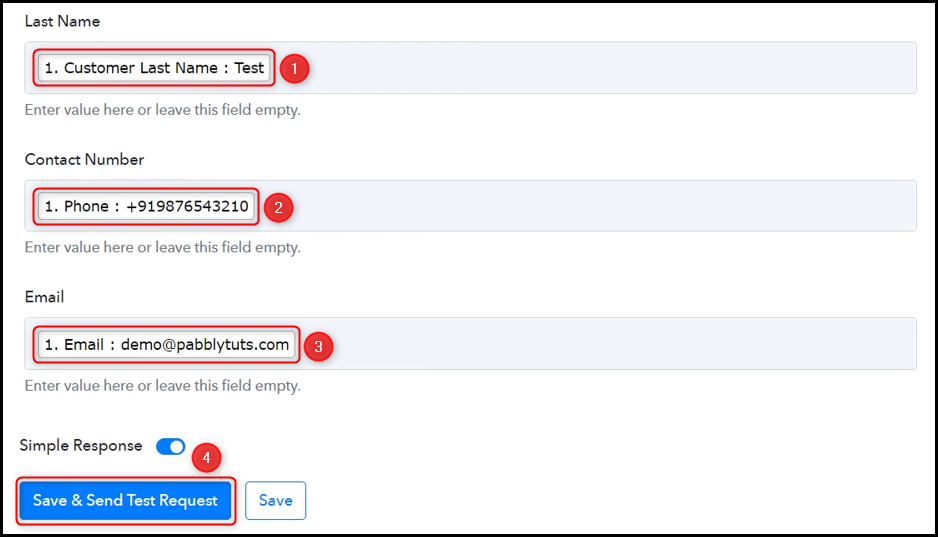
The moment you click on Save & Send Test Request, the order details will be saved in your Google Sheets spreadsheet.

Our automation is complete. We have successfully integrated Shopify with Google Sheets. Whenever a customer makes a purchase on your Shopify store, their information will be automatically stored in your Google Sheets spreadsheet.
Sign Up for a free Pabbly Connect account, and start automating your business
Subscribe to our Youtube Channel for more such automation
For any other queries, visit our forum
